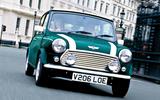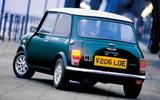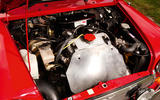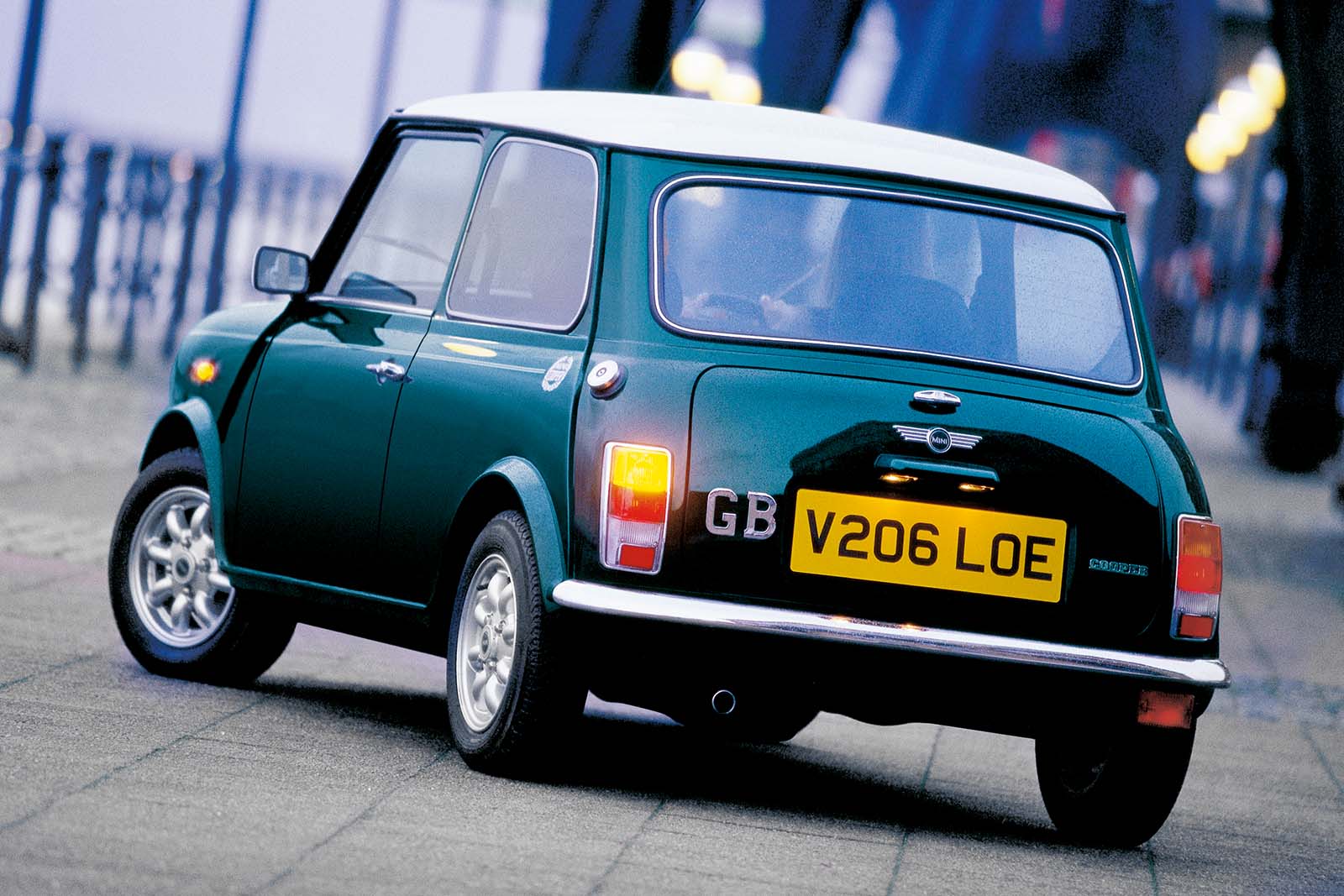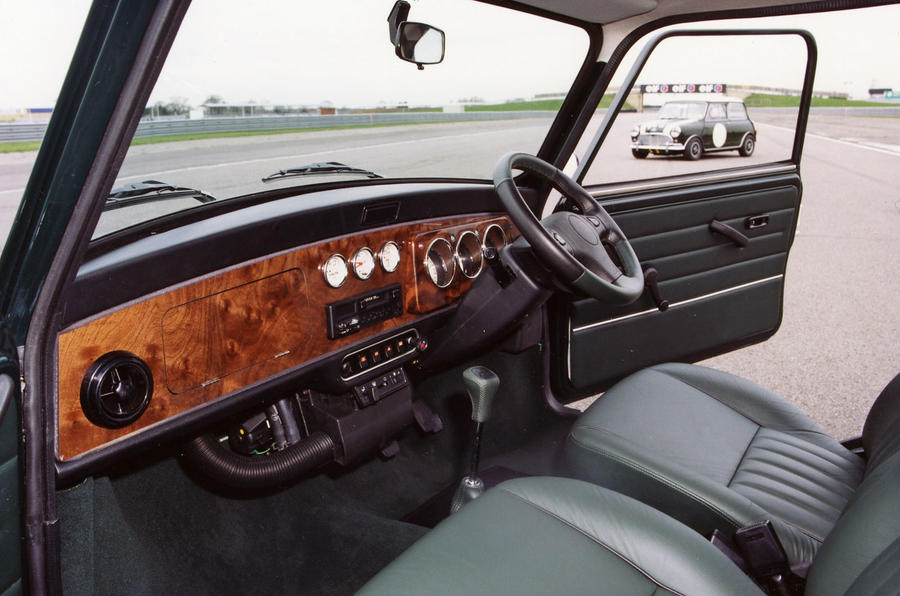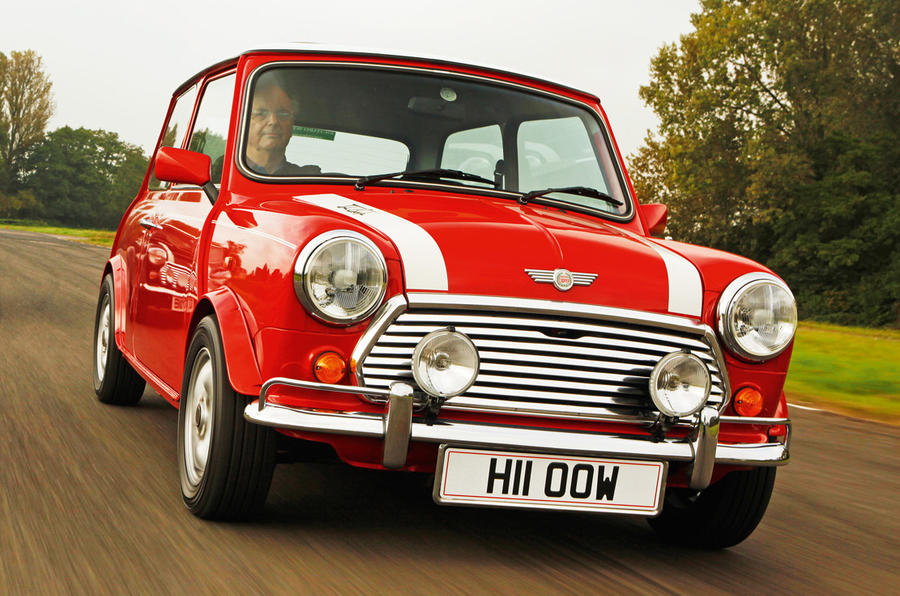Despite unassisted steering, a clutch pedal that felt like it was set in concrete and rear head room so tight that the car might as well have been a two-seater, nearly 300,000 Rover Minis were produced between 1991 and 2000, with nearly five million produced throughout the car's total lifespan.
People simply adored them. It was so renowned that it topped Autocar’s ‘Top 50 cars that changed the world’ list in 1991, and its lineage arguably continues today with BMW’s reborn Mini brand.
For this buying guide, we’re focusing on the Mk6 and Mk7 variants that were manufactured by Rover between 1991 and 2000. That’s partly because there are so many versions to choose from but also because they can still be found at keen prices.
With earlier Minis now being sold for anywhere between £12,000 and £50,000, you can still buy a Rover one from just under £2000.
Other than price, though, what’s in it for you? Peppiness, for starters. Unlike the 40bhp 1.0-litre BMC A-series engine that was used until 1992, the 1275cc Rover unit is much more vibrant, coming with 50bhp and a carburettor until 1994. Or there’s the fuel-injected 63bhp engine that became the only one available post-1994.
Both the 50bhp and 63bhp engines are lively at first, then begin to lose enthusiasm at around 60mph, and at any speed they sound as raspy as you might imagine a Mini would or should.
And that rasping is something you will have to appreciate, because in a car with a body like a biscuit tin and all the insulation of a laundry basket, engine, gearbox and road noise protrude into the cabin pretty much all of the time. But at least you’re as nicely connected to the driving experience as you are to the road surface.











